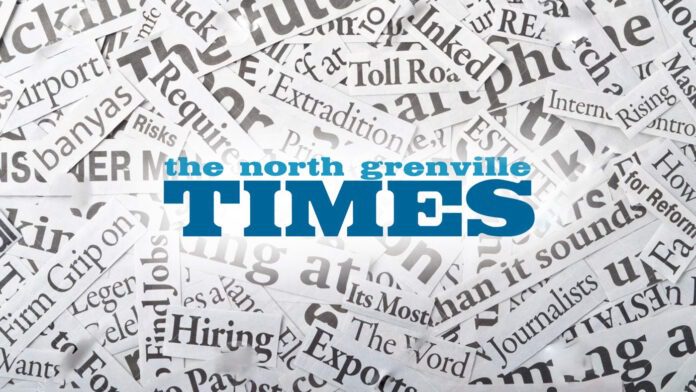Having a family cottage is a great asset. Not only will it provide you with some great family memories but like a lot of real estate it will likely grow in value over time.
That being said, from a financial planning point of view the family cottage needs to be given different consideration than your typical investment. One thing to keep in mind is that there are often a lot of emotions tied up in the family cottage and this needs to be accounted for. It is extremely beneficial to be open and realistic about your plans for the cottage and make sure that everyone who has stake in the property is in the loop. It is not uncommon for a mother or father to promise their children that they will never sell the cottage, when in reality they need the money wrapped up in the property to fund their retirement.
If the plan is to transfer the cottage to the next generation, the most important thing to consider is the capital gains tax on the disposition. The capital gain is the amount that the proceeds exceed the tax cost. Even if parents gift the cottage to their offspring, it still triggers a capital gain at fair market value. To reduce capital gains tax, it is often recommended that clients document tax costs, which not only includes the initial cost of the property but also the amounts paid on improvements to the cottage over its lifetime. This includes things like redoing a deck, building a boathouse or other significant upgrades (not routine maintenance). Make sure to keep a spreadsheet of the improvements with invoices and receipts to back up the costs.
If you want to be strategic about how much tax you pay on capital gains, you will also want to be aware of the true market value of the property. With cottages there can be a lot of variance even if they are on the same lake. Things like the view, quality of the lakefront and which direction the cottage is facing can all play a role in its value. It might be worth it to get an appraisal of the property so you know exactly what you are getting into.
Another major tax issue when it comes to the family cottage is probate fees on assets. In Ontario, people have to pay $5 on every $1000 on the first $50,000 of assets and $15 for each $1000 above that amount. This can add up when it comes to something as valuable as a family cottage.
One way to get around probate fees is to gift the cottage to children before you die rather than leaving it to them in your will. This only works if you don’t need the money for your own retirement or if you don’t want your kids to use their own assets on the cottage transfer.
Another way to reduce probate fees AND capital gains tax is to change the title on the property to joint tenancy with one adult holding the right of survivorship. In this situation, three people would legally own the property and you would only be taxed on disposing one third of the property to one of your children. When you die the other two thirds would automatically be transferred to your child, triggering a capital gains tax on the rest of the property. In the end the estate would end up paying a smaller amount of capital gains tax and probate fees than if the cottage was just left in the will.
While this type of planning is useful it can be complicated, and it is important that everyone who has stake in the cottage be on board. The last thing you want is for the family cottage to turn into a breeding ground for arguments and discord in your family.
The best way to plan for cottage transfer is to start thinking about it early. Talking with a financial planner can help lay everything out for you so that you can carve a path forward that works for you and your entire family.
Daren Givoque,
CDFA & Partner
O’Farrell Financial Services






